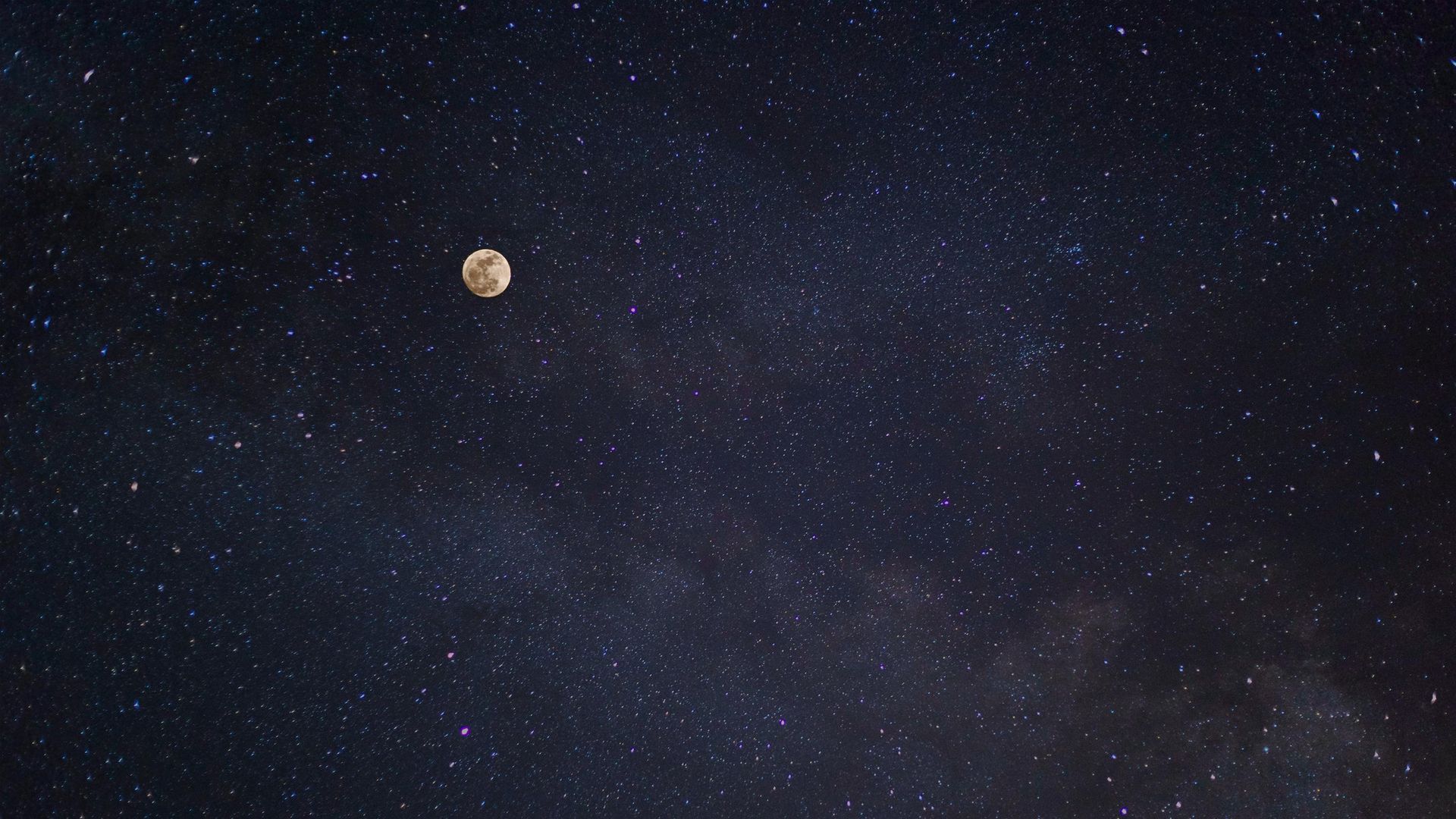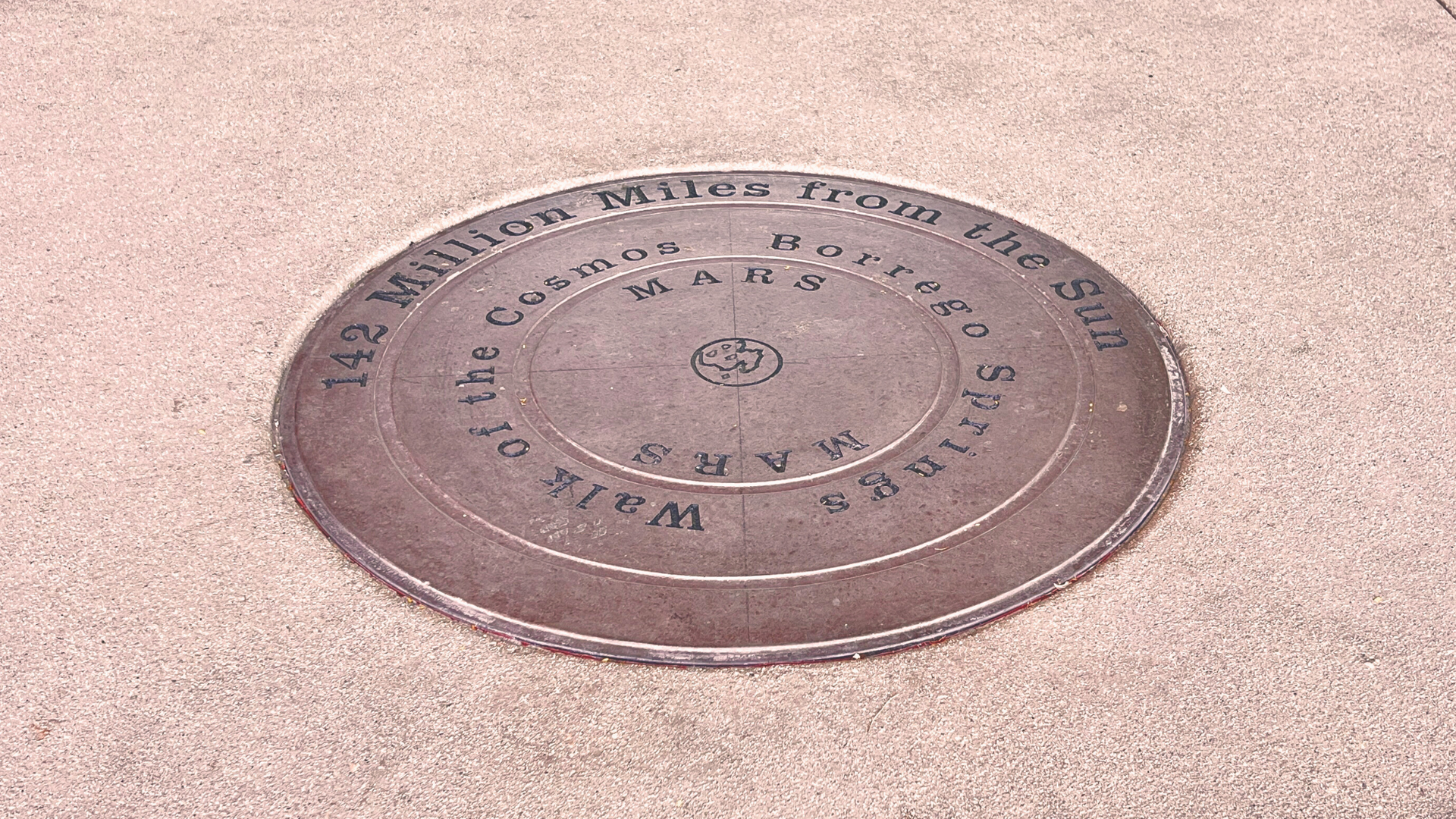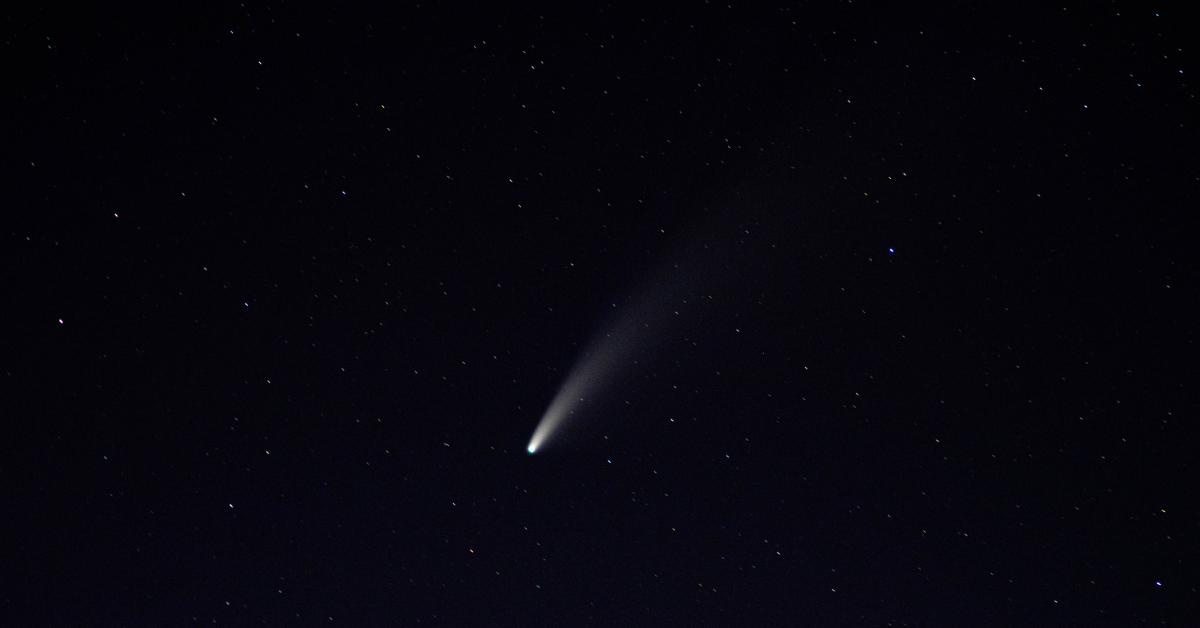November 28, 2023
Horsehead Nebula Photo: Borrego Springs
Share
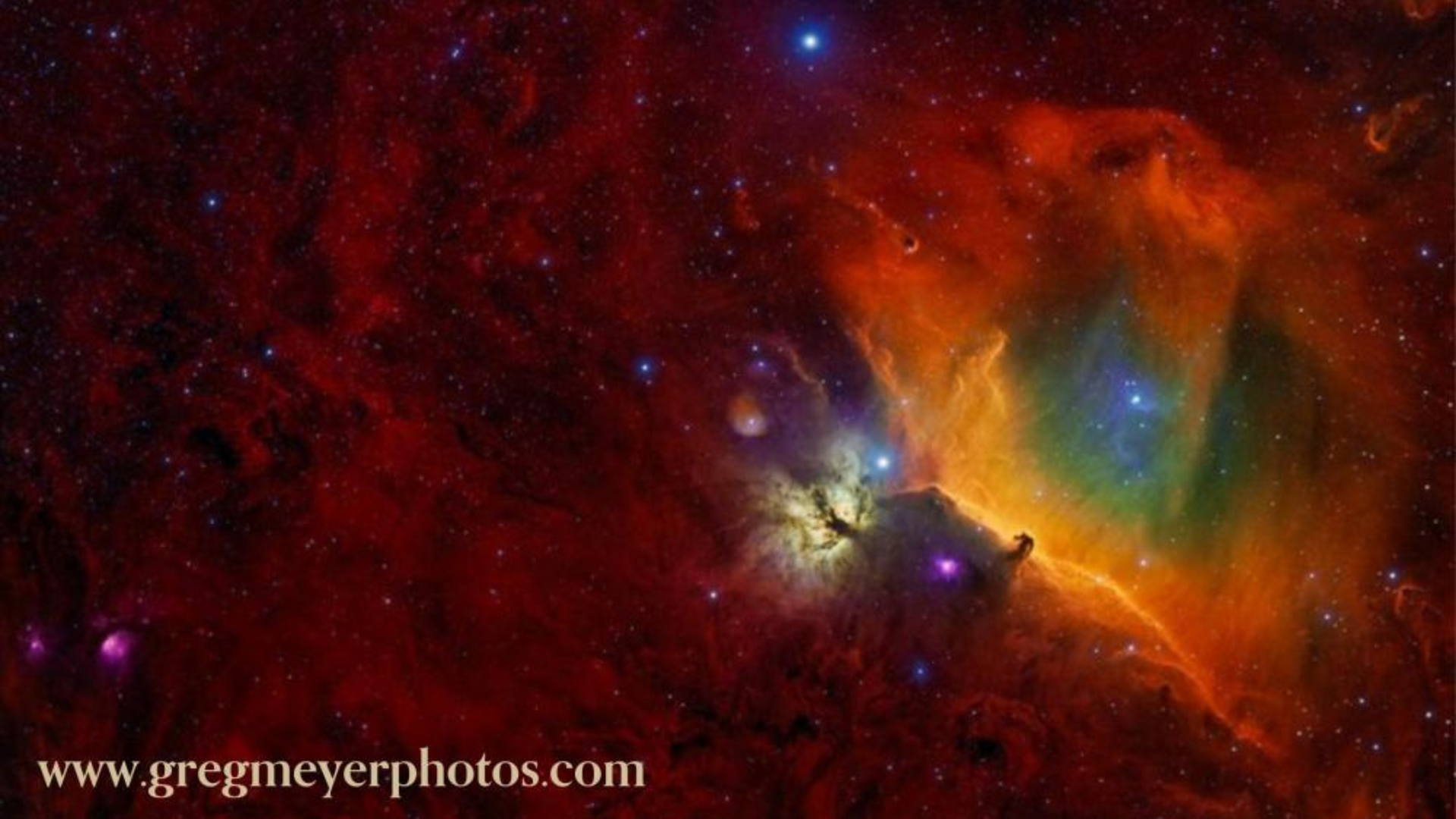
Add your custom HTML here
Learn More About Borrego Springs
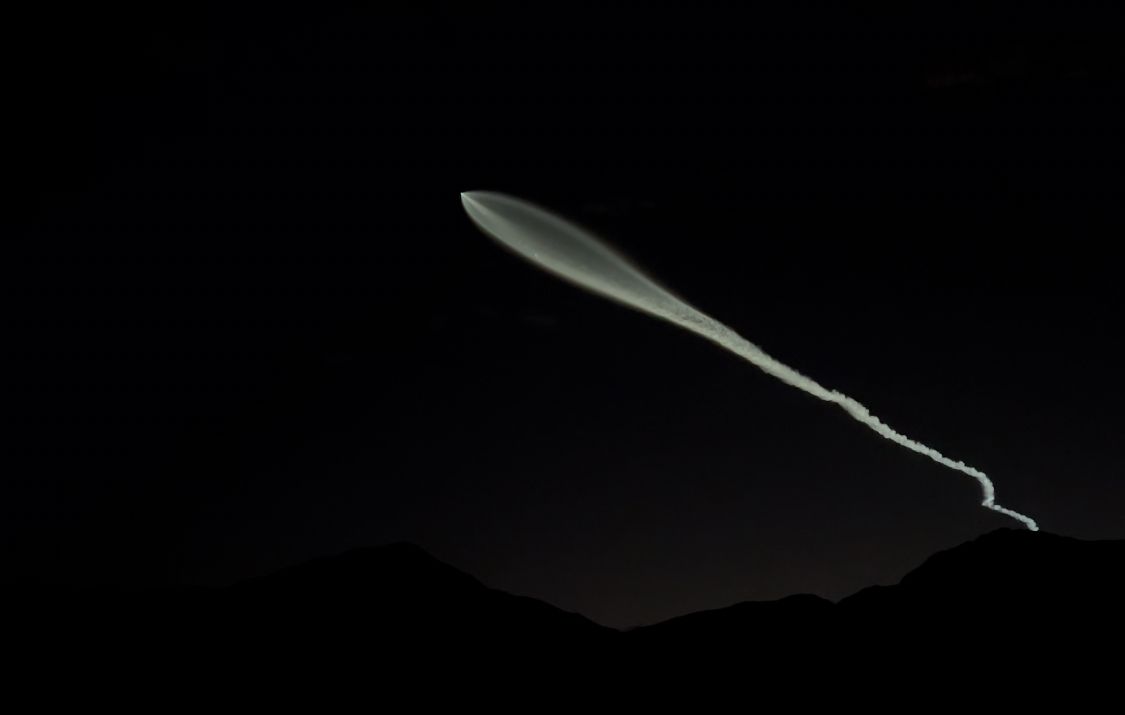
Watch SpaceX's Starlink Launches Clearly Visible from Borrego Springs Borrego Springs offers a unique vantage point for witnessing SpaceX rocket launches from Vandenberg Space Force Base. With its clear, unobstructed skies and scenic desert landscape, Borrego Springs is an ideal spot for both residents and visitors to enjoy these spectacular events. While you're in town, explore the many attractions and activities, including hiking, stargazing, and nature watching in the surrounding Anza-Borrego State Park. Overview of the Starlink 9-2 Mission On June 23, 2024, SpaceX successfully launched the Starlink 9-2 mission from Vandenberg Space Force Base. The Falcon 9 rocket carried 20 second-generation Starlink internet satellites, with 13 equipped with Direct to Cell capabilities to enhance internet connectivity directly to mobile phones. This launch was part of a double launch day, with another set of satellites launched from Florida earlier in the day. Key Mission Details Launch Time and Location: The liftoff occurred at pad 4E at Vandenberg Space Force Base at 8:47 p.m. PDT (11:47 p.m. EDT, 0347 UTC). Booster Details: The mission utilized the seasoned first-stage booster, B1075, marking its 11th flight. This booster has a storied history, having supported various significant missions including the Space Development Agency’s Tranche 0 and German military reconnaissance satellites. Landing: Approximately eight and a half minutes after liftoff, the booster successfully landed on the droneship ‘Of Course I Still Love You’, stationed in the Pacific Ocean. This landing was the 94th on this particular droneship and the 322nd successful booster recovery for SpaceX.



